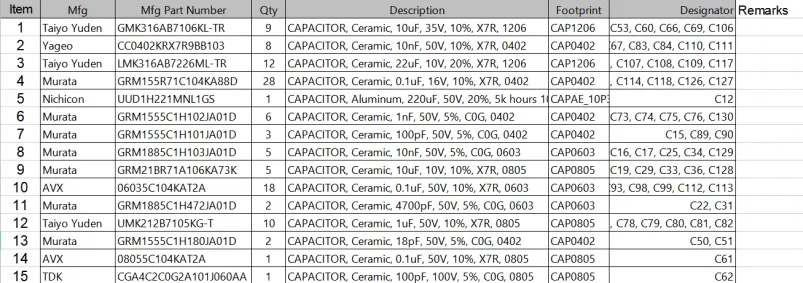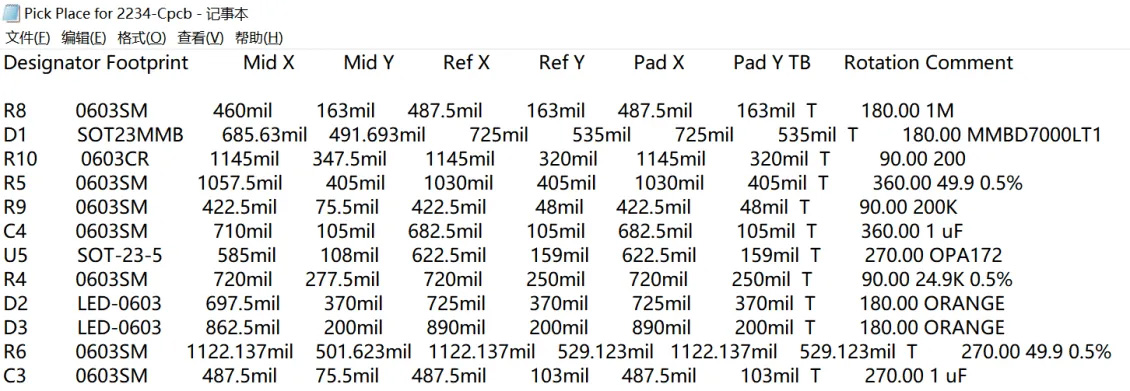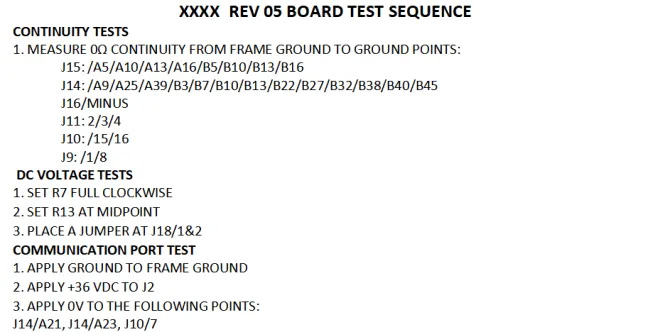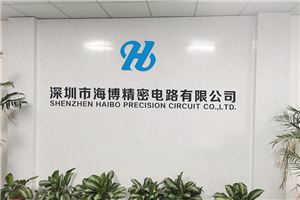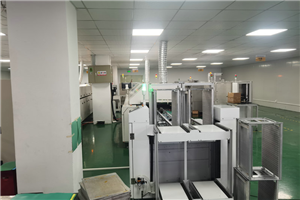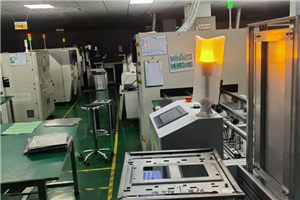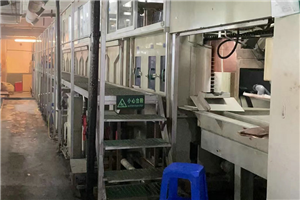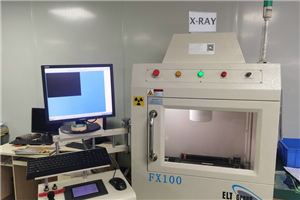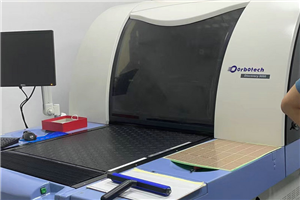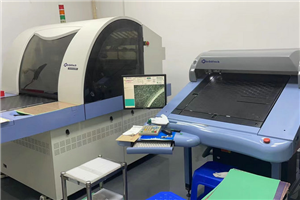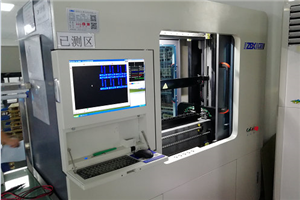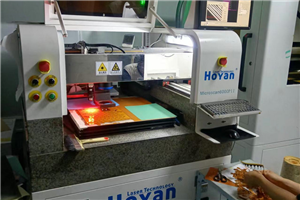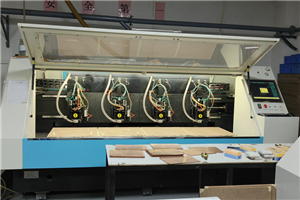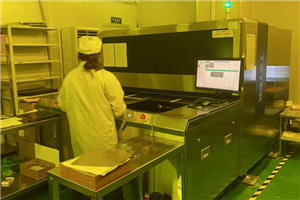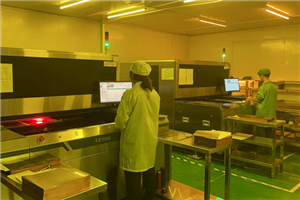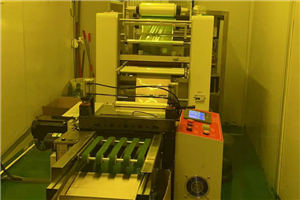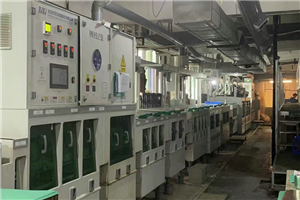When matching the above files with PCB processing requirements, we focus on the BOM file.
BOM is an essential reference document for material procurement and product production, including information such as material model, brand, description, packaging, part number, quantity, circuit board version, auxiliary consumables, specific component specifications, and production instructions. Its accuracy directly affects product quality.
A complete and detailed BOM can make quotations fast and accurate, ensuring fewer errors in component procurement and production processes, and greatly improving product delivery rates. The following are the main steps for checking and analyzing BOM.
step 1
The engineer first confirms whether the component models are complete and whether the packaging brand description is consistent (this information can be verified by checking the specification sheet). Engineers also need to confirm whether the corresponding models and tag numbers are compatible, mainly for components such as capacitors, resistors, diodes, and transistors. As the number of these components increases, they are easily overlooked by engineers, resulting in mismatched quantities and causing difficulties in actual procurement work.
For example, the screenshot below shows that the actual tag number is 26, but only 25 is displayed on the BOM table. In this case, we usually need to inform the customer to operate according to the original tag number table.
At the same time, engineers must confirm that the tag number is not duplicated and that it does indeed exist on the circuit board. Therefore, all of these situations should be separately verified during the first article inspection.
There are also some aspects that are easily overlooked, such as the specific models of some resistors that are not included in the BOM, only parameter descriptions. Inconsistent content descriptions can easily lead to PCB manufacturers buying the wrong materials or causing interference to the production line. The following figure shows the situation of inconsistent capacitor value descriptions.
The most significant impact on production among inconsistent information is the conflicting information regarding material packaging and circuit board layout.
In order to prevent such problems from occurring in the actual production process, it is usually necessary for warehouse personnel to verify that the parameters of necessary passive components are consistent with the BOM. In the final incoming inspection stage, the circuit board and materials need to be obtained and placed on a blank circuit board to check for packaging size issues.
Assuming that the material size is found to be inconsistent with the bare board, it is necessary to promptly propose and communicate a solution with the customer. If the customer needs to replace the board, replace it, and if the customer needs to find alternative materials, update the material. For example, in the following picture, the size of the cement resistor is too large and the spacing between the circuit boards is too small, resulting in unreasonable installation.
At the same time, there are also many hidden problems, namely, the size of the material pins is not consistent with the size of the circuit board aperture, which leads to the inability to insert components into the PCB board. All these details must be eliminated one by one before the factory starts up. If these problems are not eliminated before production, it will lead to the shutdown of the production line, seriously affecting efficiency and progress.
Step 2
To check whether the parameters of the actual incoming materials and passive components are consistent, it is necessary to use multimeters, bridges, oscilloscopes, etc. to measure passive components such as resistors, capacitors, and inductors. Common problems include mismatched resistance values and insufficient capacitor withstand voltage. The main reason for these problems is that the component supplier did not classify and control the incoming materials properly.
Step 3
Handle specific annotations in BOM, such as component program burning, specific component installation, etc.
For example, in the screenshot below, the BOM clearly states that the single-sided machine DD2 needs to download the file first, so we need to download the program file first before proceeding with the next testing process.
As shown below, the installation requirements for D1 LED specify the installation height of the LED and require it to be flush with the edge of the circuit board.
Step 4
Confirm auxiliary materials and consumables, such as three proof paint, adhesive red glue, welding connection lines, labels, additional materials and consumables required for production assembly, etc.



